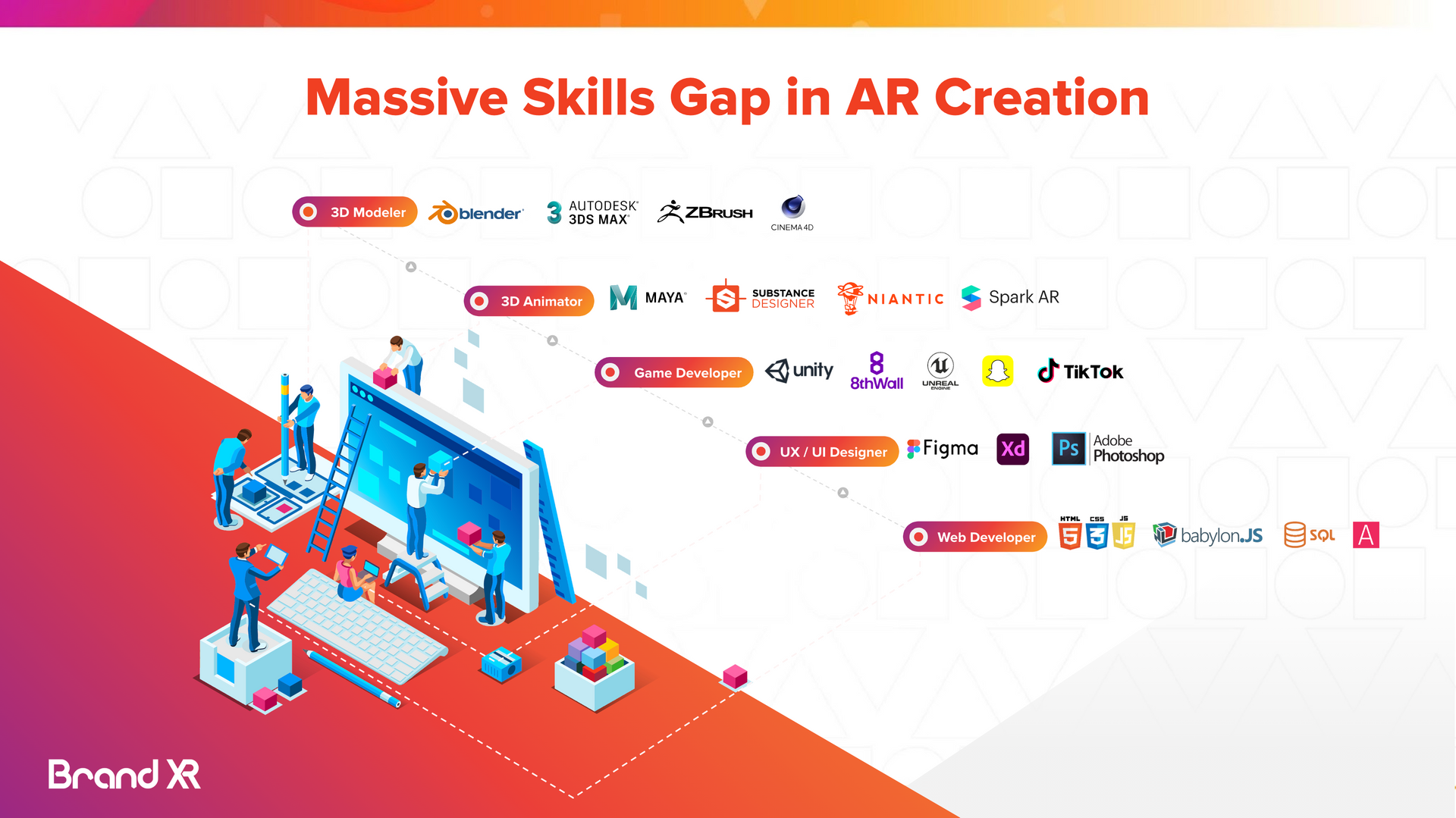What are the Best AR Solutions, and How to Develop Them?
Ever stopped to wonder what makes Pokemon Go so addictive or why Snapchat filters are all the rage? The magic ingredient behind these innovations is Augmented Reality (AR). But what exactly are AR solutions, and how can you create one?
Introduction to AR Solutions
At its core, AR is the integration of digital information into a user's environment in real time. Unlike virtual reality which replaces the real world, AR adds to it. It's like adding a layer of chocolate sauce to your vanilla ice cream. Sounds delightful, doesn't it?
Top AR Solutions in the Market
With the rise of AR, multiple industries are transforming their user experiences. Here's a peek:
Augmented Reality in Gaming
Think Pokemon Go! Gamers can now interact with virtual characters in their real environment. It's like your favorite game characters just came to life, right in your living room!
AR in Healthcare
Surgeons can overlay digital images on the actual human body for more precise surgical procedures. Imagine a world where surgeries are as straightforward as following a map!
AR in Education
AR books, AR apps – they're making learning as fun as a trip to Disneyland. Why read about the solar system when you can have planets floating around your room?
AR in Retail
AR changing rooms and virtual store tours? Yes, please! Shopping has never felt so futuristic.
AR in Real Estate and Architecture
Visualizing your future home with AR before it's built is now a reality. A bit like trying before buying, but for houses!

Components of a Successful AR Solution
Building a successful AR solution is really hard. There’s a MASSIVE skills gap in creating AR experiences. For example, to build a simple AR App requires a 3D Modeler, an Animator, 2 Game Developers, a UX/UI Designer, and a Web developer all using more than 10 different development platforms, 5 months of development time, and an expense of well over $100k.
For a top-notch AR solution, you'll need:
Hardware Considerations
A camera, sensors, display - make sure your hardware is up to the task. It's like trying to bake a cake without the right ingredients.
Software Components
From AR SDKs to 3D modeling tools, your software will dictate the success of your AR solution. Choose wisely!
3D Modeling Software: Blender, Autodesk 3DS Max, Zbrush, Cinema4D
3D Animation Software: Maya, Substance Designer, SparkAR
AR SDKs: Apple's ARkit, Google's ARcore, Wikitude, Vuforia, 8th Wall, BrandXR Studio, Unity, Unreal
UX/UI Design Software: Figma, Adobe XD, Adobe Photoshop
Web Development Software: HTML 5, Bablyon.JS, SQL
User Experience Design
AR isn't just about flashy tech. It's about creating a seamless user experience. It's the difference between a clunky old car and a smooth sports car.
Step-by-Step Guide to Developing AR Solutions
Ready to dive into the world of AR development? Here we go:
Idea Generation and Research
Start with a bang! What problem will your AR solution solve? Remember, every great invention began as an idea.
Choosing the Right Development Tools
Unity, ARKit, ARCore – your tools will make or break your AR solution. It's like choosing between a chisel and a chainsaw for a sculpture.
Design and Implementation
Design with the user in mind, and then bring that design to life. Think of it as the blueprint and the construction of a building.
Testing and Feedback
Never underestimate the power of feedback. It's the secret sauce that takes your AR solution from good to great.
The Future of Augmented Reality
With advancements in AI and ML, AR is poised to become even more integrated into our daily lives. Perhaps a world where your coffee machine starts brewing as soon as you think of coffee? Exciting times ahead!
Conclusion
AR is not just a trend; it's the future. And the future, as they say, is now. Ready to be a part of this revolution?
FAQs
- What is the difference between AR and VR?
While AR adds to the real world, VR replaces it. - Are there any limitations to AR?
Like any technology, AR has its challenges, like hardware restrictions and user privacy concerns. - How much does it cost to develop an AR solution?
Costs vary based on complexity, ranging from a few hundred to several thousand dollars. - Which industries are benefiting most from AR?
Almost all industries, from healthcare to retail, are leveraging AR for enhanced user experiences. - What's next for AR?
Integration with AI, more immersive experiences, and widespread adoption across sectors.
TALK TO A PRO
We're here to bring your brand to life!
Stay Connected with BrandXR
Create Augmented Reality for Free!
Create, Publish, and Measure 3D Augmented Reality Experiences Without Having to Code.














